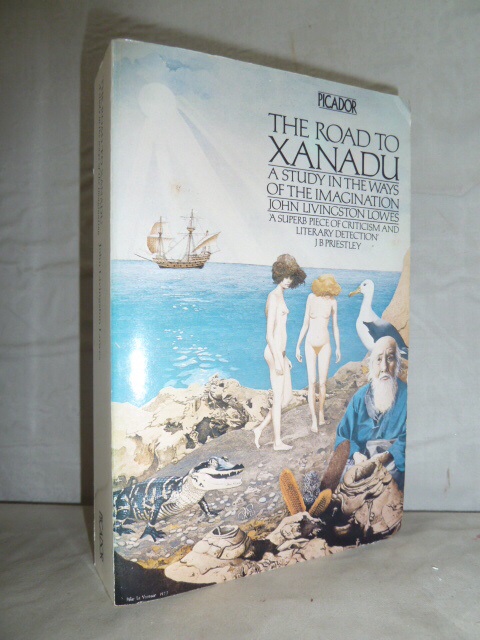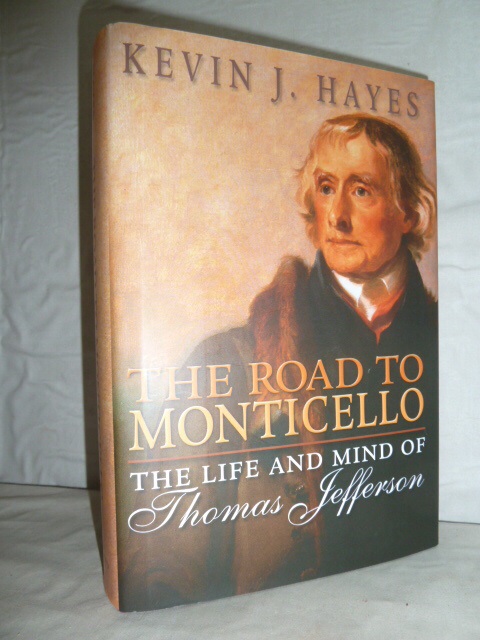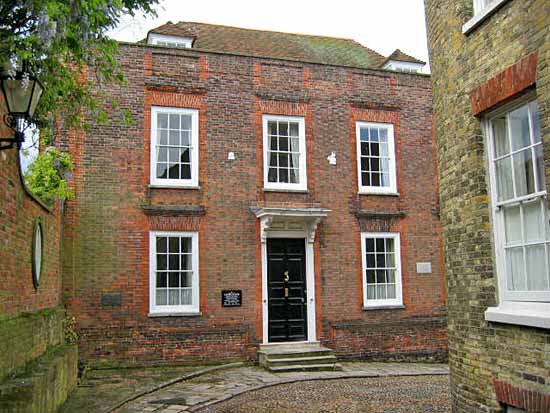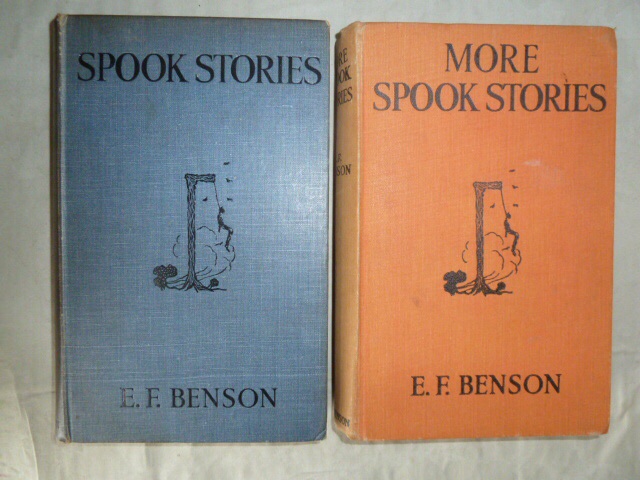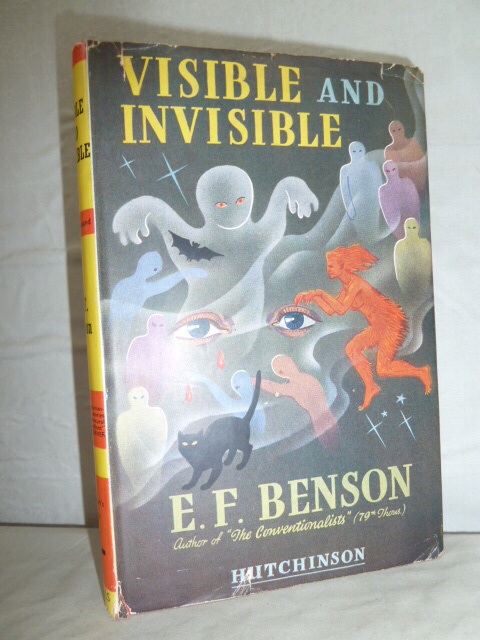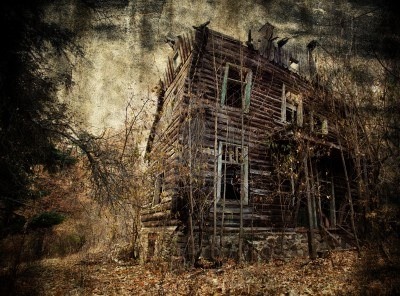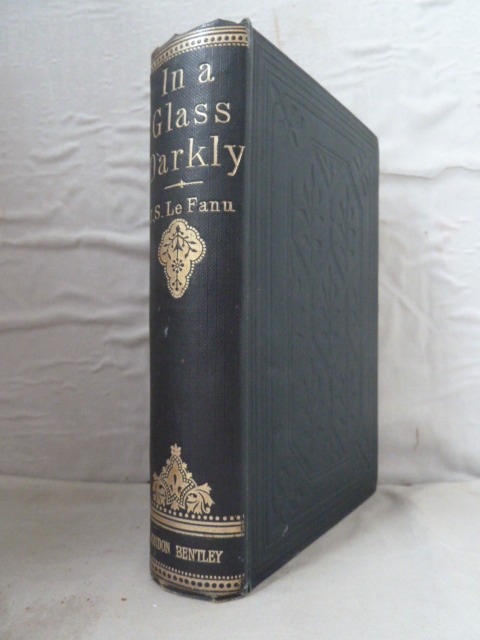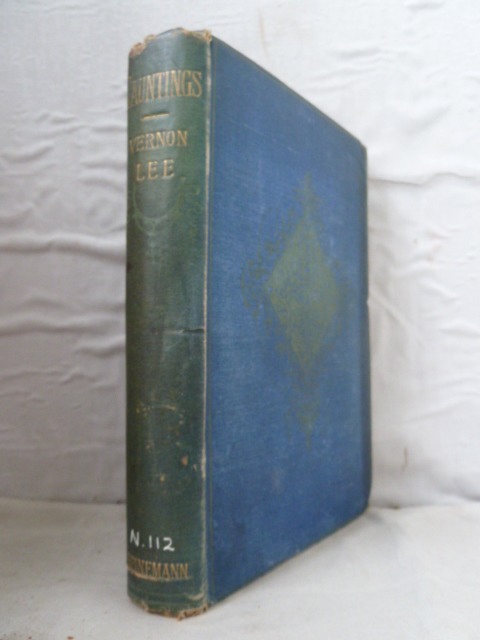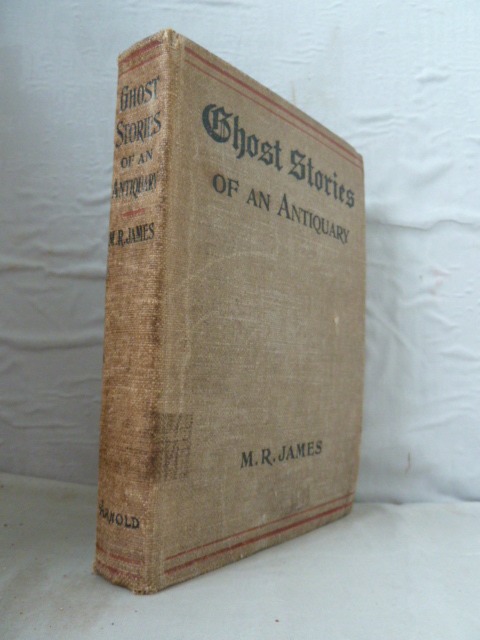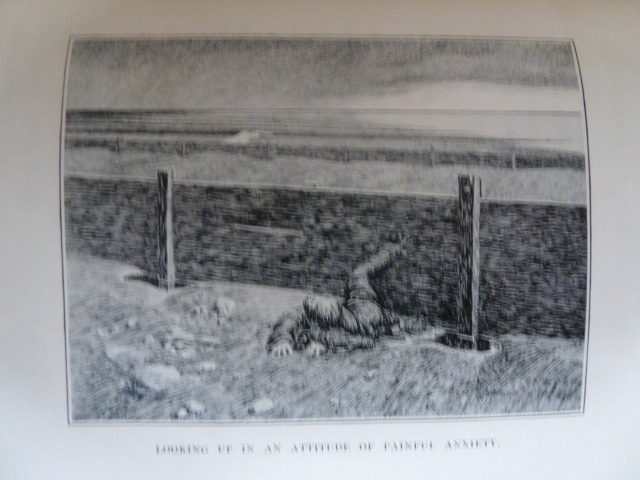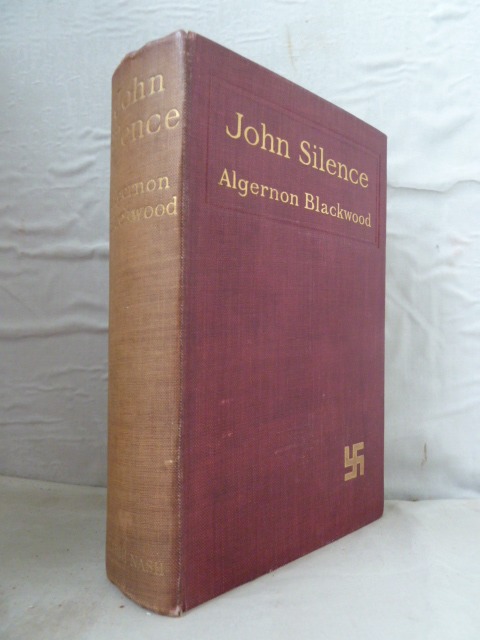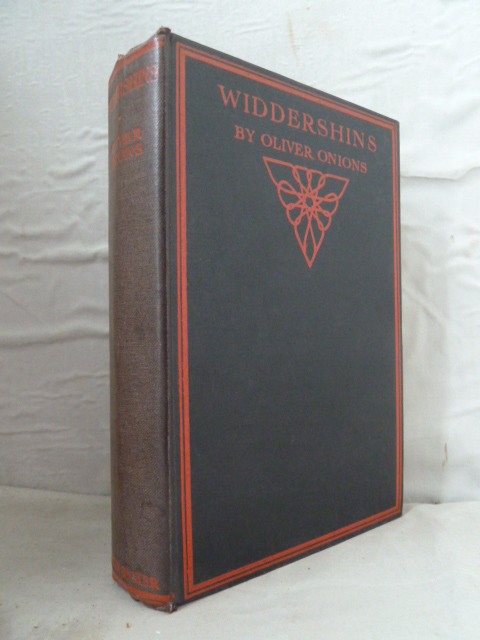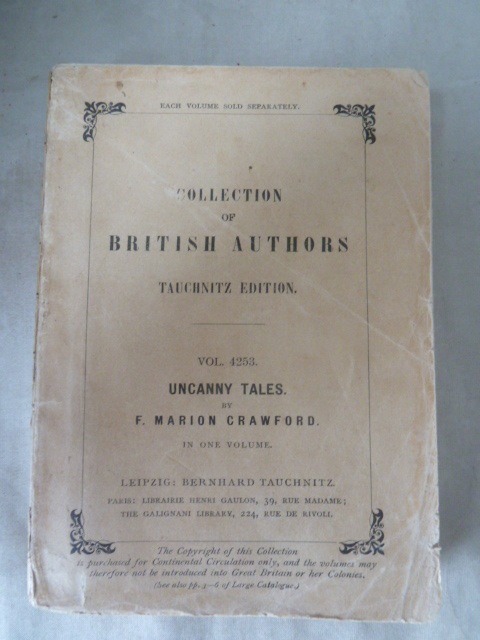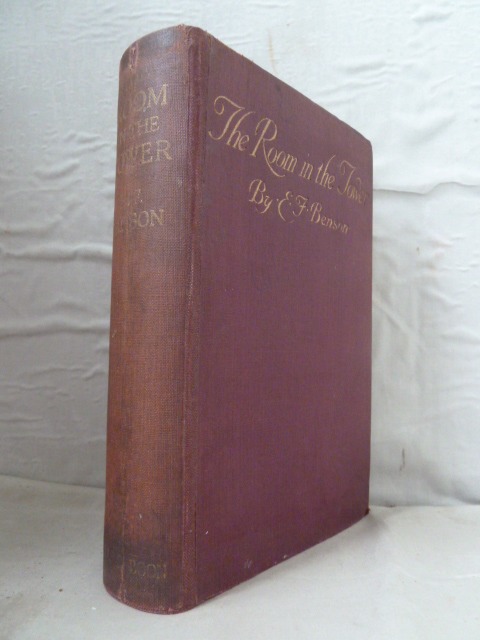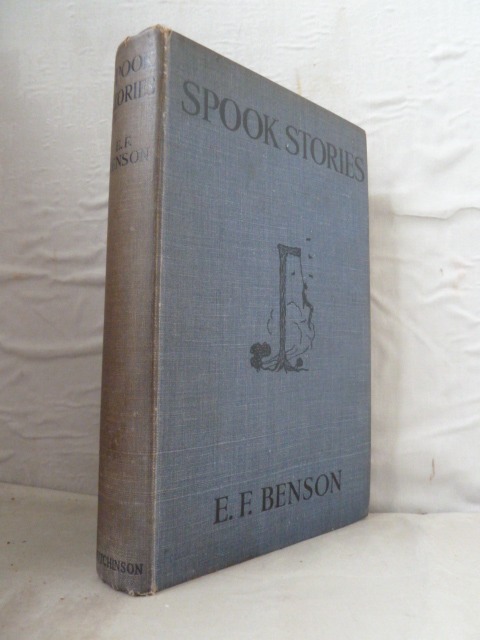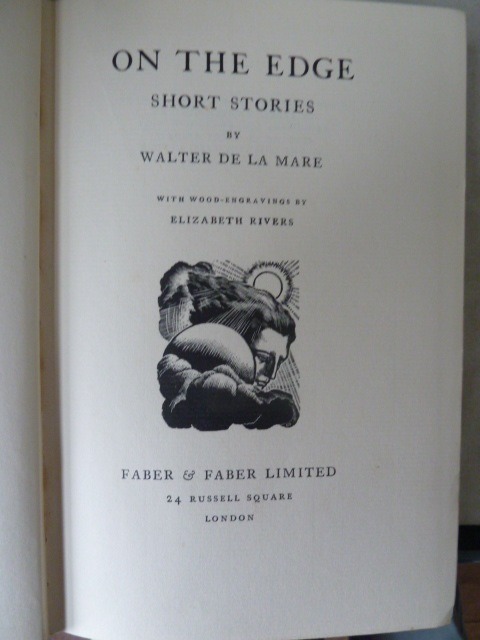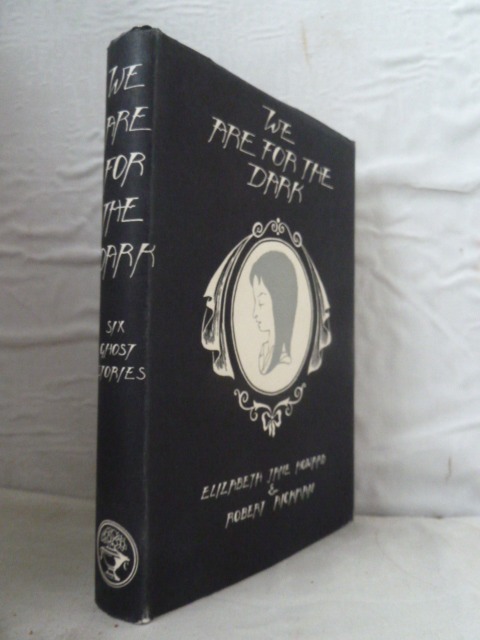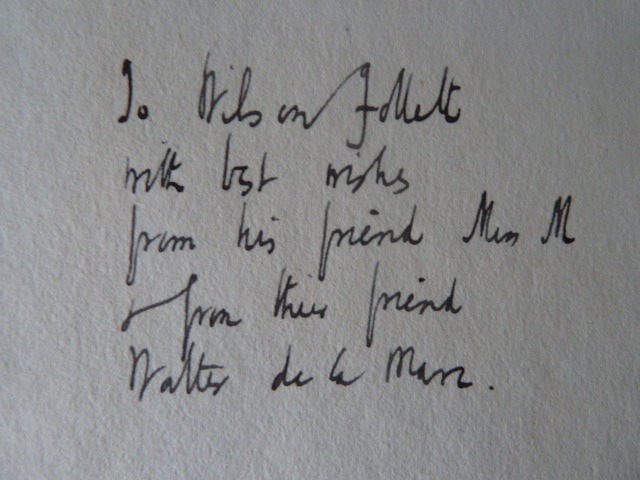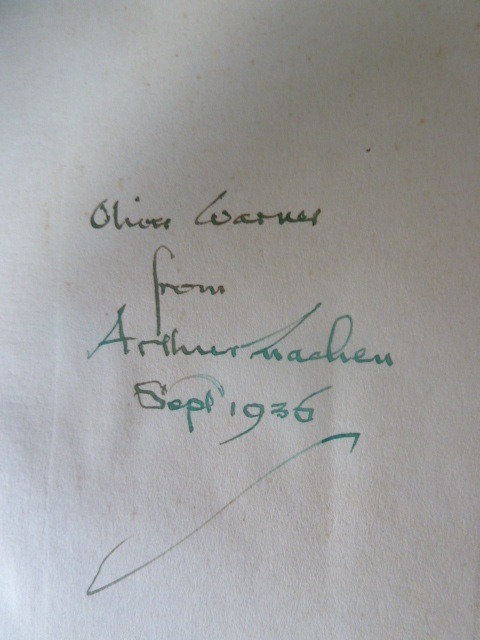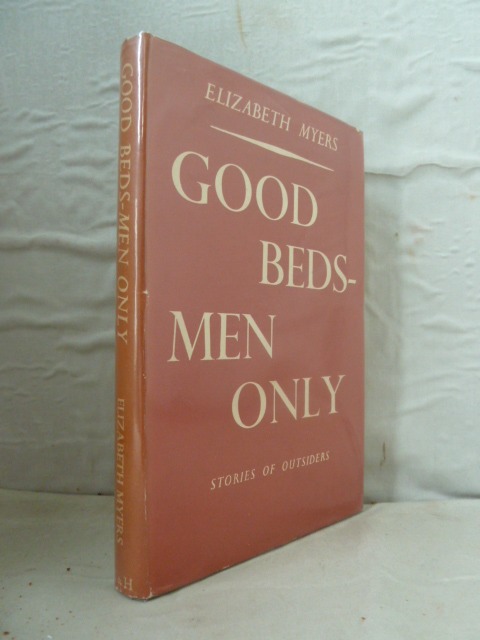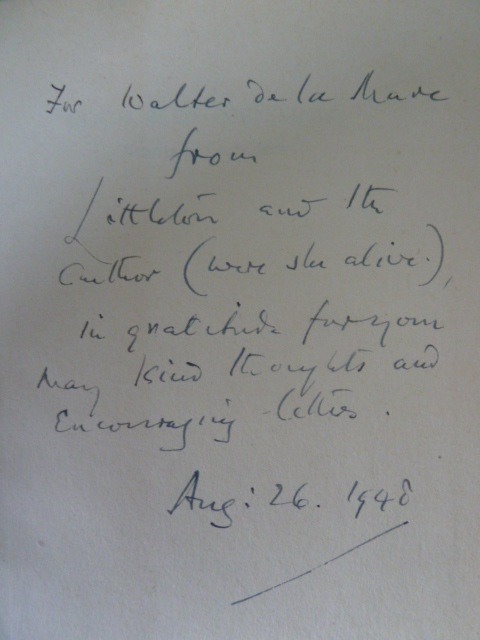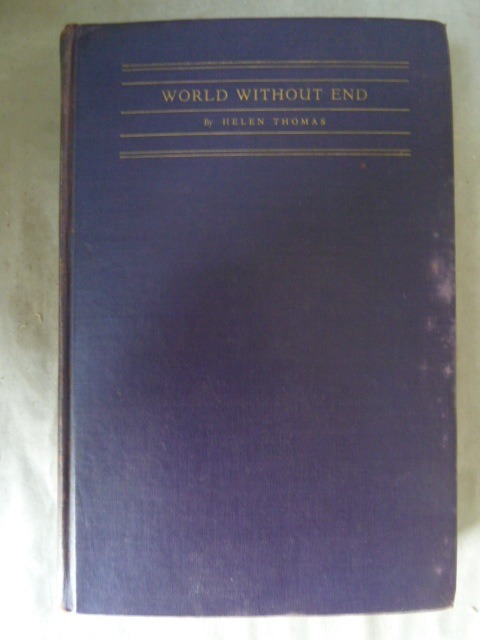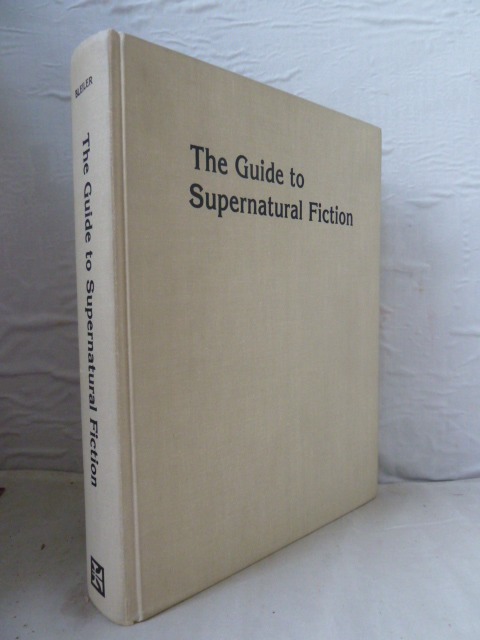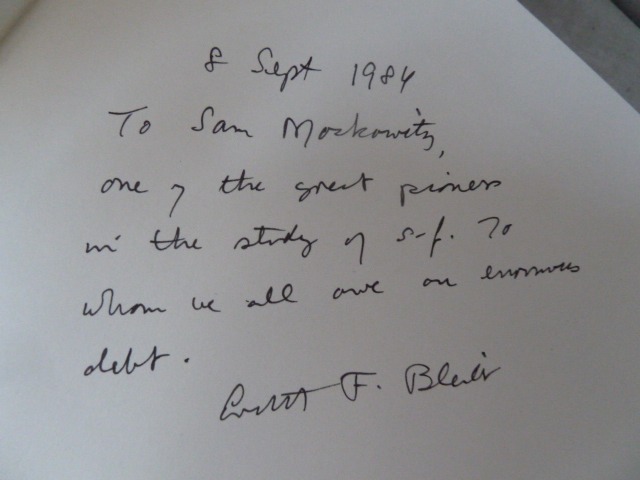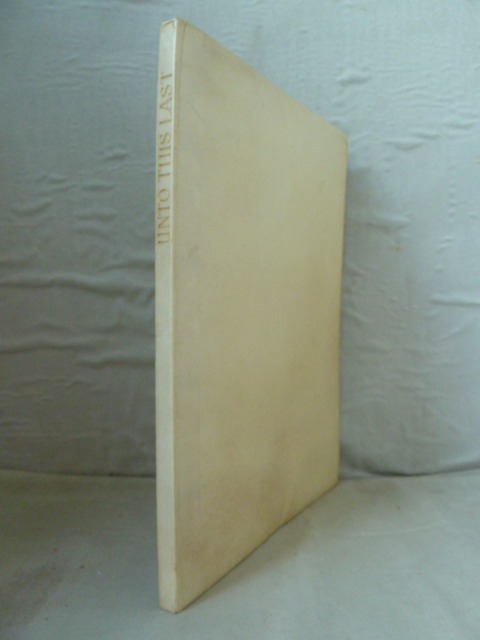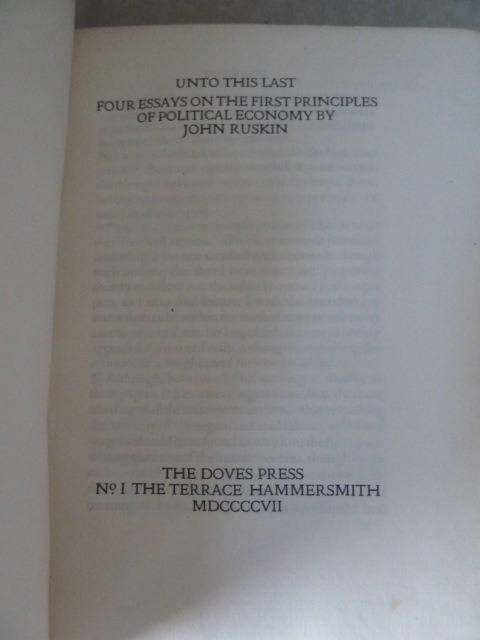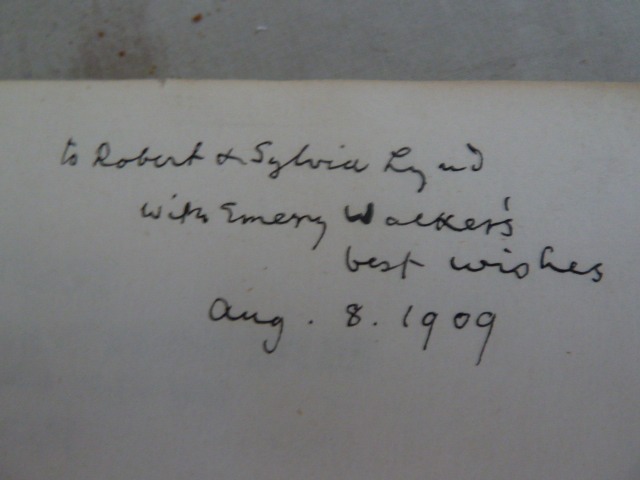When Shirley Jackson was nine her family moved from San Francisco city out to the expanding fashionable suburb of Burlingame, south of the city and within commuting range of downtown. They moved into a handsome two story brick house in a neighbourhood aimed at the aspiring middle class and in which respectable lives could be well lived in all the comforts of a rich suburban community. That in her first published novel 'The Road Through the Wall' this setting could be transformed into a nightmarish world of racism, prejudice, snobbery and outright malice perhaps best exemplifies Shirley Jackson's ability to see the horror underlying outwardly respectable lives and to delve into areas of the human psyche most of us either don't see or steer carefully round, perhaps like the 'dangerous corners' of J B Priestley's play of that name.
'The Road Through the Wall' centres on the lives of the comfortably-off residents of Pepper Street, at the end of which is a wall that seals it off from the dangers that might otherwise spread from the estate beyond the wall. When a road through the wall is proposed linking Pepper Street to the road system beyond (and hence simplifying everyone's journeys) the dangers of contamination entering their community is obvious. The conversations in the book are mainly between women and the children who pick up from their parents the prevailing prejudices. One girl, Caroline, is immune to this and, alone, befriends the otherwise friendless. The disappearance of a girl, its outcome, and the completion of the wall shatter the complacency of Pepper Street.
By the time 'The Road Through the Wall' was published, its author was living a respectable life as a wife and mother in North Bennington, Vermont, where her husband Stanley Hyam was a English academic. She had left Burlingame at the age of 16. As has been pointed out the book could be about any American small town and the sometimes claustrophobic life in small town America and her feelings of 'otherness' to it are at the root of all Jackson's work.
Shirley Jackson published five other novels during her lifetime as well as numerous short stories and other pieces for magazine publication (and a useful source of revenue for the family).
It is a tribute to her versatility and particular genius that at least one of the the novels 'The Haunting of Hill House' (1959) is an established American classic and at least one of her short stories 'The Lottery' (1948) is amongst the most anthologised of all American short fiction and has become a core part of the school curriculum.
In some ways all her work has an underlying theme of the menace hidden behind the ordinary. In fact a posthumous collection of her short work published by two of her children in 1997 32 years after her death is somewhat ironically entitled 'Just an Ordinary Day':- in fact the days lived out by her characters are anything but.
'The Bird's Nest' (1954) is one of the most original. A traditional English nursery rhyme begins:
"Elizabeth, Elspeth, Betsy and Bess', they went together to seek a bird's nest".
In the novel there are also four children, Elizabeth, Beth, Betsy and Beth, but they are different personalities of a single girl, Elizabeth Richmond, whose mind splits into four different personalities each with its own particular qualities. The story is told through different perspectives, including Dr Richmond, a specialist in personality disorder. There are moments of pure horror in the story particularly when the sadistic Betsy holds centre stage and the skill with which the author sustains the different voices is remarkable.
Hangsaman (1951), an earlier novel, dwells on the horrors of isolation and focusses on a young girl, Natalie Waite, unsure of her college friends and of those who should be keeping her secure. 'The Sundial' (1958) has an apocalyptic theme in which the new occupants of a house receive an announcement that the world is ending and only those in the house will be saved.
It has been noted that houses, their histories and, often, their sheer strangeness are central to much of Shirley Jackson's world so it is fitting that her best known (and much filmed) novel is 'The Haunting of Hill House'. Between the famous opening lines
".....Hill House, not sane, stood by itself against its hill, holding darkness within; it had stood so for eighty years and might stand for eighty more."
to its equally renowned final lines:
"Within, its walls continued upright, bricks met neatly, floors were firm, and doors were sensibly shut; silence lay steadily against the wood and stone of Hill House, and whatever walked there walked alone."
lies a classic ghost story. Ostensibly, it is the familiar trope of a scientific investigator offering to live for a period in a house reputed to be haunted. Such a theme dates back at least 200 years to the much anthologised 'The Tapestried Chamber' by Sir Walter Scott, but under the pen of Shirley Jackson it is treated with such psychological insight, that, of course, you cannot be certain whether, as stated on the dust wrapper description of the first edition "the ghosts at Hill House caused the fear, or the fear created the ghosts". In any event the investigator Dr Montague and his chosen three companions, including two girls Theo and Eleanor, are rendered suitably afraid. The film 'The Haunting' with Claire Bloom starring appeared in 1963.
Shirley Jackson's late novel 'We Have Always Lived in the Castle' (1962) is also suitably terrifying, but in this case the terror has an all too natural origin. The story is told by Mary Katherine Blackwood (Merricat) who is eighteen years old and lives with her sister Constance, the four other members of the family having died eating a poisoned meal, we assume poisoned by Merricat (who announces to us that amongst her likes are her sister Constance and "Amanita phalloides, the death-cap Mushroom". The story tells of the sisters living in their large house keeping out the villagers who hate and fear them. Again, a story of isolation from the community, recalling the embattled survivors of 'The Sundial'.
Before passing on the short stories her two memoirs of her home life with her husband and four children must be included. First, 'Life Among the Savages' (1953) and then 'Raising Demons' (1957). Only Shirley Jackson could introduce such elements of strangeness and at times fear into ostensibly autobiographical descriptions of raising children. For example when the family move into their new house in the suburbs of North Bennington how exactly have the local tradespeople and neighbours acquired so much knowledge of them? And I find the scene where the family insist on a place being set for their daughter's invisible companion in a restaurant distinctly unnerving. There is much to enjoy in these books, which reveal the author's acute sense of the absurdities and uncertainties of much of domestic life.
'The Lottery' first appeared in 'The New Yorker' in 1948 and immediately caused a sensation. It is only some ten pages long but not a word is wasted and the climax is devastating. It is the day of the lottery in a village of some 300 people. We are introduced to the arcane, perhaps incorrectly remembered, rituals of the lottery. There is even some dissension when Mr. Adams says "They do say that over in the north village they're talking of giving up the lottery". This is met with derision:
"Pack of crazy fools. Listening to the young folks nothing's good enough for them. Next thing you know, they'll be wanting to go back to living in caves ..... used to be a saying about 'Lottery in June, corn be heavy soon .... There's always been a lottery."
And according to ritual the lottery proceeds to its grisly conclusion, with the victim's mother screaming "It isn't fair, it isn't right" as the villager's blows descend on her daughter.
Of course, it isn't right or fair, but according to tradition it is inevitable, as so many of the patterns of life are in order to fit into the mores and customs of what counts for civilised living. 'The Lottery' was collected in book form in 'The Lottery and Other Stories'.
There are many excellent short stories in this and subsequent collections, but one story to me stands out as her finest. This is 'The Summer People', (first published in 1949 in 'Charm'). Every summer the Allisons (he now 60, she 58) take the same country cottage seven miles from the nearest town. They are people of habit and invariably leave the Tuesday after Labor Day. This year they decide to break this habit and take advantage of the fine weather a bit longer before returning to New York. This is duly noted by the locals after they communicate this intention:
The grocer, Mr. Babcock: "Nobody ever stayed at the lake past Labor Day before".
Mr. Walpole of the general store: "Heard you were staying on. Don't know about staying on at the lake. Not after Labor Day."
Mrs Martin at the newsagents: "I don't guess anyone's ever stayed out there so long before. Not after Labor Day anyway."
Then they find they can get no more oil for the heating "After Labor Day, the man said, I don't get so much oil myself after Labor Day."
Then the mail stops, then they are asked to pick up their groceries which had always been delivered "Not after Labor Day, Mrs. Allison. You never been here after Labor Day before, so's you wouldn't know, of course."
Then the car won't start and there is no-one to fix it.
When they find the car has been tampered with and the telephone wires in all probability cut, realisation dawns on them that there is no escape from whatever will be their fate, which they resign themselves to with surprising and heroic stoicism:
Mrs Allison turned and smiled weakly at her husband. "I wonder if we're supposed to .....do anything", she said.
"No", Mr Allison said consideringly. " I don't think so. Just wait."
And so to the shattering climax:
'The wind, coming up suddenly over the lake, swept around the summer cottage and slapped hard at the windows. Mr. and Mrs. Allison involuntarily moved closer together, and with the first sudden crash of thunder, Mr. Allison reached out and took his wife's hand. And then, while the lightning flashed outside, and the radio faded and sputtered, the two old people huddled together in their summer cottage and waited."
I think this a finer story than 'The Lottery' because in that story the hapless child victim has no agency in her fate, her name just happened to pop out of the ancient ritual as the tickets were drawn. The Allisons, however, for once ventured outside their established custom and will inevitably meet severe punishment for this apparently innocent infraction of established ritual. Shirley Jackson had to face down her own demons in the sometimes stifling atmosphere of a small college town with a sometimes unfaithful husband and her demanding children, brilliantly recounted in Ruth Franklin's 2016 biography 'Shirley Jackson: a Rather Haunted Life'.
However, since her somewhat early death at the age of 49 the industry preserving her legacy still grows. The Letters edited by her son Laurence appeared in 2021 and a new collection of previously unpublished stories and essays 'Let Me Tell You' again edited by two of her children appeared in 2015. Her importance in American literature was cemented by the 2010 publication of her major works in the 204th volume in the Library of America.
But despite her belated recognition by the literary establishment Shirley Jackson was not an establishment figure - her writings all place her and her protagonists constantly at the boundary between the safe space provided either physically by the home or psychologically by the limits set by society's expectations of what constitutes acceptable behaviour. You step outside those boundaries at your own risk and will then have to face whatever has always been waiting for you in the unknown spaces beyond.





















